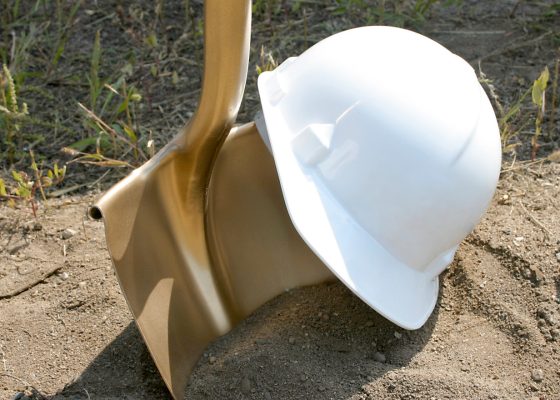But patients call for a standardised post-discharge follow-up process, and better communication between CARE clinicians and their existing health providers.
Specialist emergency department services tailored to older patients could mitigate many of the harms associated with current EDs, research has revealed.
Published in the BMJ, the study focused on patients’ experiences at a new ED avoidance service (CARE) at Flinders Medical Centre, a 600-bed hospital within the Southern Adelaide Local Health Network.
CARE is a six-bed centre located in a different building to the hospital’s ED department, and is staffed by three nurses, two physiotherapists, two occupational therapists and one social worker.
The service distinguishes itself from other ED avoidance services – which focus on “hospital in the home” care – by providing multifaceted urgent care treatment (like imaging and multidisciplinary services) that cannot be feasibly carried out in a patient’s home.
Even though older Australians are “disproportionately” admitted to the ED, many cite negative experiences like long wait times, fear of overnight stays and a lack of assistance with functions like eating and toilet use.
“There’s other people worse than me I keep thinking, so I don’t like to put the ambulances, all you people out,” one patient who accessed CARE said.
“You’ve got enough problems with the way the chaos, the medical system is these days, lack of staff and lack of doctors, and lack of space.”
Between September 2021 and September 2022 1489 patients accessed the CARE service. The average patient was 83 years old (patients ranged from 71-93), and patients stayed at the centre for an average of three hours and 32 minutes.
Most presentations were for acute symptoms (primarily falls), but also for headaches, general pain, high blood pressure, chest pains, shortness of breath and panic attacks.
Feedback from 32 interviews (only 17 with patients) was mostly positive. Many praised the service for its calmer and more personalised environment (private rooms had the patient’s name on the door) which resulted in issues being resolved “there and then”.
Describing a typical ED, one patient said, “there’s people everywhere, on chairs, in beds, and they can’t – it’s impossible for them to do anything straight away”.
“I’m not blaming the hospital for that, it’s the system that’s the problem.”
A relative of a patient said the centre was “very comfortable for the elderly, it was quiet, it was peaceful”.
Interviewees also praised the specialist geriatric staff at the centre, who they say were attuned to the sensory and cognitive needs of elderly patients.
“[The staff] showed real care to him, and they respected that, whereas historically they haven’t respected his impairment, and it’s caused a lot of confusion, and a lot of anxiety for him,” said a relative of a patient with hearing and visual impairments.
Another recognised the value of patient-centred care, saying the clinicians “didn’t just make decisions we had to follow, they actually sat and discussed it with us”.
But participants expressed concern at the lack of a standardised follow-up process after discharge, with some citing conflicting advice from CARE centre staff, their GP, and specialists. Others recounted a lack of communication between clinicians at CARE and their primary health providers.
“I haven’t received any information … I haven’t heard from [my GP] so I don’t know whether she got them or not, and I haven’t heard anything about what the blood results were,” said one.
While CARE staff organised community care and rehabilitation for patients after they were discharged, some patients were frustrated that the onus of care lay with them, despite being ill and frail.
“They did ask me to ring them back in a couple of days and tell them how I was going, and I just haven’t got around to doing that yet,” one patient said.
The study’s authors acknowledged the limitations of the research – that recruitment attracted those who had a positive experience at CARE, and that patients who attended the centre primarily had past negative experiences with traditional EDs, which likely skewed the findings.
Do you have a story tip for us, or a topic you would like to see us cover? Contact the editor at editor@healthservicesdaily.com.au.



